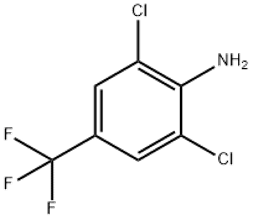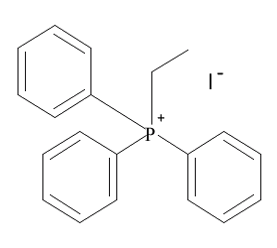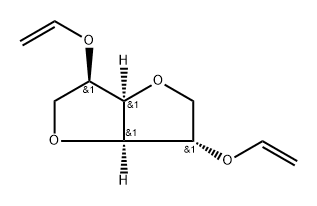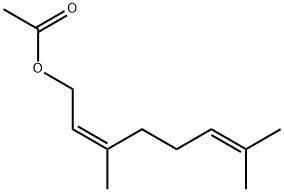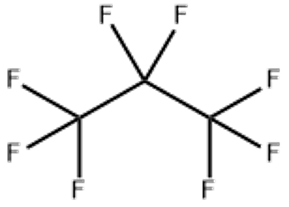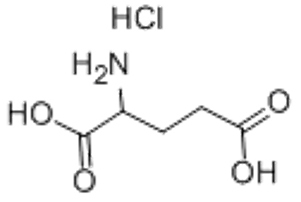4-Amino-3 5-dichlorobenzotrifluoride(CAS# 24279-39-8)
| Risk Codes | R20/22 – Harmful by inhalation and if swallowed. R38 – Irritating to the skin R43 – May cause sensitization by skin contact R50/53 – Very toxic to aquatic organisms, may cause long-term adverse effects in the aquatic environment. |
| Safety Description | S24 – Avoid contact with skin. S37 – Wear suitable gloves. S60 – This material and its container must be disposed of as hazardous waste. S61 – Avoid release to the environment. Refer to special instructions / safety data sheets. |
| UN IDs | UN 3077 9/PG 3 |
| WGK Germany | 3 |
| HS Code | 29214300 |
| Hazard Note | Toxic |
| Hazard Class | 9 |
| Packing Group | III |
Introduction
2,6-Dichloro-4-trifluoromethylaniline, also known as DCPA, is an organic compound. The following is an introduction to the nature, use, manufacturing method and safety information of DCPA:
Quality:
- It is colorless to yellowish crystals or powdered solids.
- DCPA has low volatility at room temperature.
- It is insoluble in water and relatively soluble in organic solvents.
Use:
- DCPA is often used as a raw material and intermediate for pesticides.
- It is widely used in agriculture to control various weeds, fungi, and pests and diseases.
- DCPA can also be used as a reservoir stabilizer to improve well production and extend well life.
Method:
- There are many preparation methods for DCPA, which can be synthesized by the reaction of aniline and trifluorocarboxic acid.
- Dissolve aniline in an alcohol solvent and slowly add trifluoroformic acid.
- The reaction temperature is usually controlled below -20°C, and the reaction time is long.
- At the end of the reaction, DCPA is obtained by drying and purifying the product.
Safety Information:
- DCPA is considered a low-toxicity compound under general conditions.
- However, care should still be taken to use and store it wisely, and avoid contact with skin, eyes and respiratory tract.
- Protective gloves, gowns, and respiratory protective equipment should be worn during use.
If you need to use DCPA, do it under the guidance of a professional.


